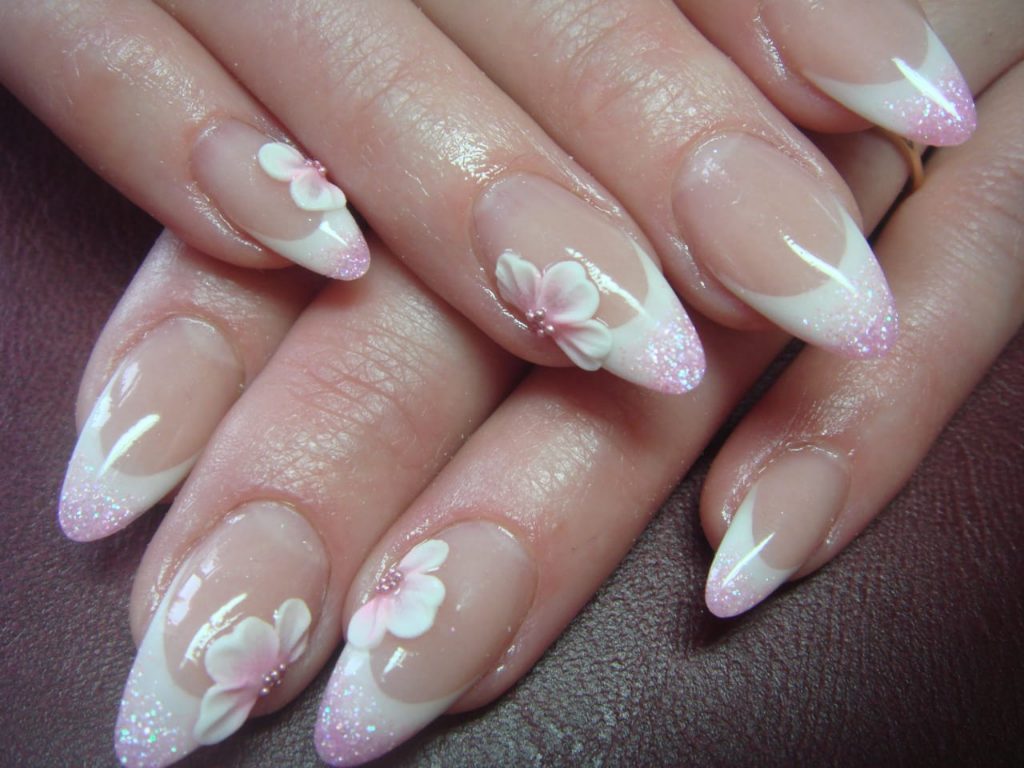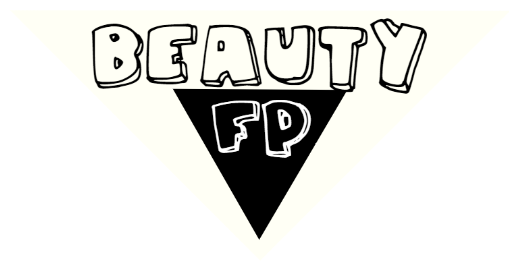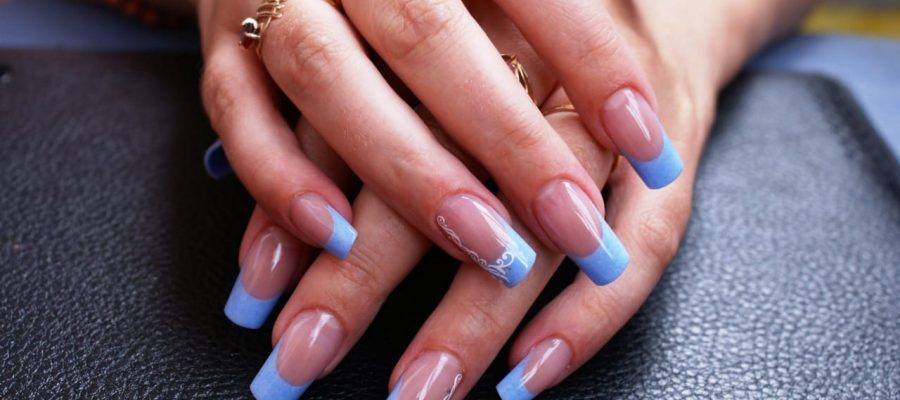Beauty is a multifaceted concept. Recall the words of the classics: “Everything must be beautiful in a man: his face, his clothes, his soul, his thoughts. All the more so, everything must be beautiful in the representatives of the weaker sex. Even the classicist admitted that soulfulness alone is not enough! Outward attractiveness is also very important. In order for women to look perfectly from the fingertips to the roots of the hair, were invented inflated nails, which are firmly connected to the natural and remain flawless for a long time. Consider the pros and cons of this technology.
Beauty: the pros and cons of the extended coverage
Extensions are used in cases where a woman can not grow long nails because they split, bend, break quickly, or if they have defects that you want to hide from public view.
The pluses of the inflated nails include their flatness, durability and beauty. But they also have disadvantages, which consist in the fact that you have to regularly carry out their correction, because the live nails under them grow.
History
Artificial nails have been used since ancient China. At that time, they used silk and lacquer. The Chinese had already reached an unprecedented skill in the production of these materials, the beauty of their silk fabrics and lacquer boxes was breathtaking.
Modern technology was invented by accident (as is often the case with inventions). It happened in the middle of the twentieth century, when an American dentist decided to fix a broken nail with acrylic used in dentistry (methyl methacrylate).
However, at first, the layer was too thick, so there was not much beauty in it. And the composition of acrylic was too toxic and harmful to health. Subsequently, this type of acrylic was banned in dentistry, and a less toxic composition was used instead.
Methods of extensions: materials
Currently, 4 technologies of building up are used:
- Acrylic. It gives a strong and resilient coating, which does not last very long, only about 3 weeks. After that it is necessary to make a correction. Such a coating withstands 10 corrections.
- Gel. Gives an elastic coating, requiring less frequent corrections. This technology is less harmful, because the gel coating is breathable. But it is a very expensive procedure, its implementation requires significantly more time than with acrylics and is only possible in a specialized salon with expensive equipment.
- Glue powders, silk, and fireclay. These techniques strengthen natural plates, and are also used to repair gel and acrylic coatings. They do not last long, up to 2 weeks.
- Combined technology, using acrylic and gel. Its goal is to make coatings more durable and preserve their beauty for a longer time.
Health: benefit or harm?
It is known that beauty requires sacrifice. However, the procedure of extensions is not as harmless as it may seem. In some cases, it can have a negative impact on health. Let’s consider what are the consequences.
Removal of the applied coating
You can remove the built-up layer yourself at home or in the salon with the help of a master. In this case, acetone or other chemical solvents are used. After removing the applied coating, the natural layer remains thin and soft, because it has not had contact with the air for a long time.
Also, the extended coating can be removed by sawing, which requires time and effort. This procedure also negatively affects the natural plates, after that they are more susceptible to germs. And only after 3 months they are restored to normal.
Health risks
An inflated layer makes it difficult for the natural plates underneath to grow. In addition, some of the materials used in this procedure can shrink over time, which can cause the natural nail to pull away from its bed.
During the acrylic procedure, a very pungent, noxious smell is produced in the room. In some female clients it can cause allergies. Its composition is so caustic that the masters themselves can not always tolerate it.
Gel coatings are good in that they are elastic and air permeable. But they are extremely difficult to remove. You have to grind them hard, and in doing so, you can hit and damage the natural plates.
But most importantly, if the procedure was carried out with even the slightest violations of technology and sanitary norms, an infection can occur between the natural and artificial layers, leading to bacterial contamination. The most dangerous thing is that this infection is harmful not only to the “carrier”, but also to the environment, in particular to young children with whom the woman is in contact, especially infants (this has been confirmed by studies conducted in the United States).
Next, acrylic is a flammable material, so acrylic must be carefully guarded against contact with electrical appliances such as: hair dryers, curling irons and hair straighteners, electric and gas stoves, ovens, etc.
It is undesirable to do artificial nails during pregnancy or hormone treatment, as at this time the body may reject unnatural materials.

Protection measures for masters
From the poisonous chemicals used in these procedures, the health of the masters, as well as clients visiting the salon can suffer. In particular, in prolonged contact with such preparations, the masters may have dermatitis, asthma, lacrimation, allergic reactions from the eyes, throat, nose.
Therefore, masters working in salons, in order to protect their health are required to wear masks that will protect the respiratory organs from harmful vapors. Yes, wearing such a mask during the working day is tiring, but if you neglect these requirements, dizziness, drowsiness, vomiting, etc. can occur.
Nutrition: foods that strengthen the nails.
If they are strong and healthy, they will have a natural beauty, and the extension procedure may not be necessary. For the strength and health of natural plates, a proper diet is very important. First of all, the diet should include foods rich in calcium. First of all, these are dairy foods: milk, cottage cheese, cheese, brynza, kefir, acidophilus, ryazhenka, natural yogurt (without additives), etc. Nuts and seeds such as walnuts, almonds, hazelnuts, cashews, sesame seeds and sunflower seeds are also rich in calcium. Calcium in general is an important component of the diet, it determines the strength of teeth, hair, bones and the entire skeleton.
Next, for the strength of the nails need iodine. Sea fish, shrimp, oysters, sea cabbage, spinach, watercress and iodized salt are especially rich in it.
Selenium is also important. You can get it from tomatoes, onions, garlic, herring, crab, squid, mushrooms, liver, and rye bread. It can also be obtained from sea salt.
Next, zinc is an important element. It can be found in nuts, green and black tea, grapefruits, and apples. Another trace element that strengthens natural plates is fluoride. Especially a lot of it is contained in dried fruits: figs, dates, prunes, apricots, raisins, etc.
Vitamin C is also necessary, it prevents the appearance of fungal diseases.
Brewer’s yeast is also helpful. Among other things, they strengthen teeth and hair, so they should be included in the diet of all who care about maintaining beauty.
Try to make the above mentioned products the basis of your diet. They must be present in your menu not on occasion, but constantly and daily. Then your natural nails will be so strong and strong that you do not need any special tricks. And in conclusion, it must be said that nowadays a modest noble design with varnish of delicate natural colors: pinkish, beige, pale lilac, soft pearl, etc. is fashionable. Too poisonous tones with flashy extravagant drawings are out of fashion.

